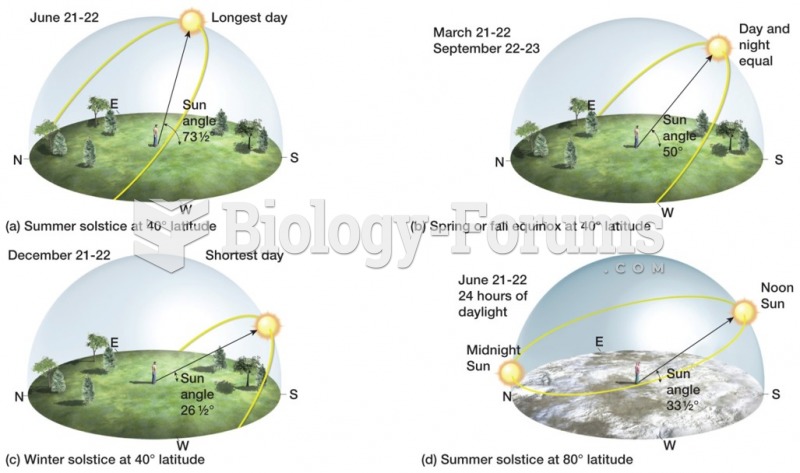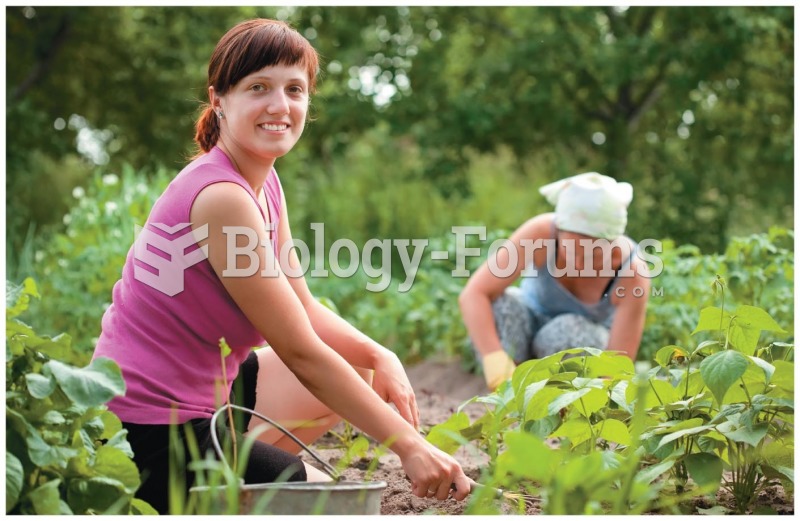Answer to Question 1
a
Answer to Question 2
Most people's choice of a marriage partner is shaped by cultural rules pertaining to
endogamy and exogamy. Endogamy is the practice of marrying within one's own
group that is, people with similar characteristics who are also within close proximity. In
the United States, people tend to practice homogamy, which is the practice of marrying
those who have similar characteristics, such as race/ethnicity, religious background,
age, education, and/or social ties. Homogamy is similar to endogamy, but individuals do
not necessarily come from the same village or community. Various reasons explain why
endogamy and homogamy are so prevalent. One reason may be the proximity of
other individuals in one's own group contrasted with those who are geographically
separated from it. Another reason may be that a person's marriage choice is often
influenced by the opinions of parents, friends, and other people with whom the person
associates. Although endogamy or homogamy is the strongest marital pattern in the
United States, exogamy is increasing. Exogamy is the practice of marrying outside
one's own social group or category. Depending on the circumstances, exogamy may
not be noticed at all, or it may result in a person being ridiculed or ostracized by other
members of the ingroup. The three most important sources of positive or negative
sanctions for intermarriage are the family, the church, and the state. Educational
attainment is also a strong indicator of marital choices. Higher education emphasizes
individual achievement, and college-educated people may be less likely than others to
identify themselves with their social or cultural roots and thus more willing to marry
outside their own social group or category if their potential partner shares a similar
level of educational attainment.







